When it comes to portraits, what’s the best focal length to use? That’s a great question, some swear by a 50mm, some by an 85mm. So I decided to have a little bit of a length comparison.
I recently wrote an article on lens compression, and due to varying lengths of focal lens I used, that will come in to play here too. True, the perspective changes when you move the camera further away from your subject (even though the background is not changing), but some lens compression happens too. The closer you are to your subject the further away the background often appears.
Lenses used
I chose to use what I currently had at my disposal; the Tamron 70-300mm, Tamron 28-75mm, Sony FE Zeiss 55mm, and just for fun (and reference) the Sony FE 16-35mm wide-angle. So, as you can see I really did try a range of lenses and focal lengths, to see which I really liked to work with.
Up-close portrait
First, I did a fairly mid-range close-up. I tried to have my model standing in the same spot with the same pose and I moved to try and get pretty much the same composition without having to crop each image. I tried to keep my ISO to 100 and the aperture at f/4.5 (though it changed to f/5.6 and f/6.3, respectively, at 200mm and 300mm).
The results
Unless you really want the background in the shot, I’d say the 16-35mm wide-angle is NOT the best lens for portraits, as I expected. There was also a little bit of distortion in the face, but not quite as bad as I expected. If I had gone in closer I would think the distortion would have been worse.
With the Tamron 28-75mm, the wide view (28mm) was not-so-great outdoors and pulled in too much of the background for my liking. Granted this is a personal choice. This lens is my workhorse in the studio, along with my Zeiss 55mm, which performed well.
But I must admit for these images I was really happy with the results from the 70-300mm, especially at 200mm and 300mm. I loved the bokeh on both. I am seriously looking at this lens for future outdoor portraits.
.mgl-masonry { display: none; } #mgl-gallery-634effbbb4586 { column-count: 5; margin: -5px; } #mgl-gallery-634effbbb4586 .mgl-item { padding: 5px; } #mgl-gallery-634effbbb4586 figcaption { padding: 5px; } @media screen and (max-width: 800px) { #mgl-gallery-634effbbb4586 { column-count: 2; } } @media screen and (max-width: 600px) { #mgl-gallery-634effbbb4586 { column-count: 1; } }
16mm (16-35mm wide-angle)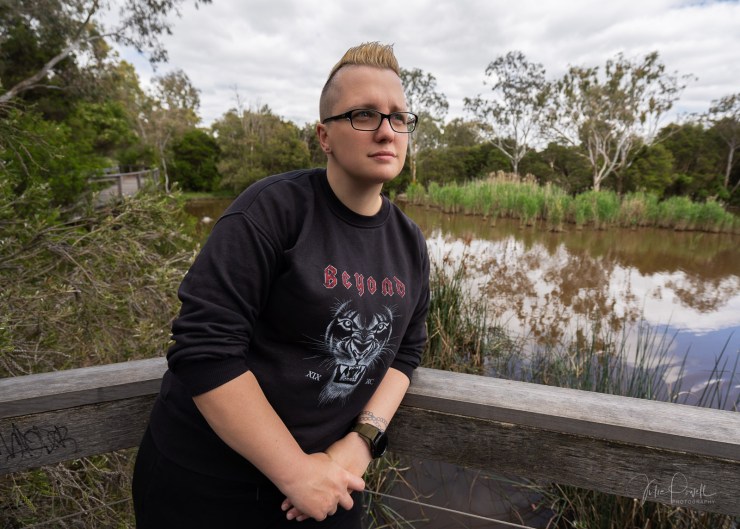
35mm (16-35mm wide-angle)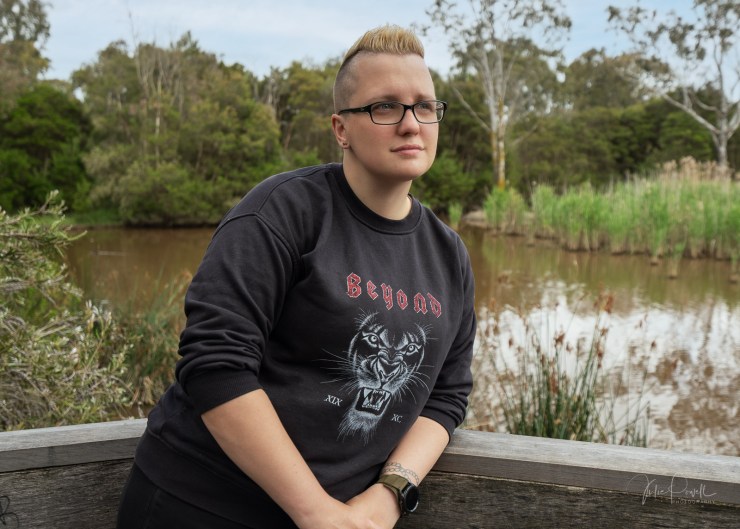
28mm (28-75mm)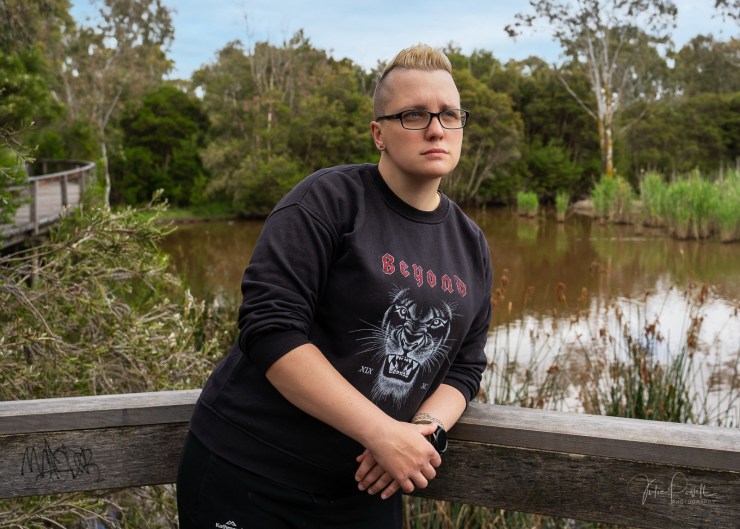
50mm (28-75mm)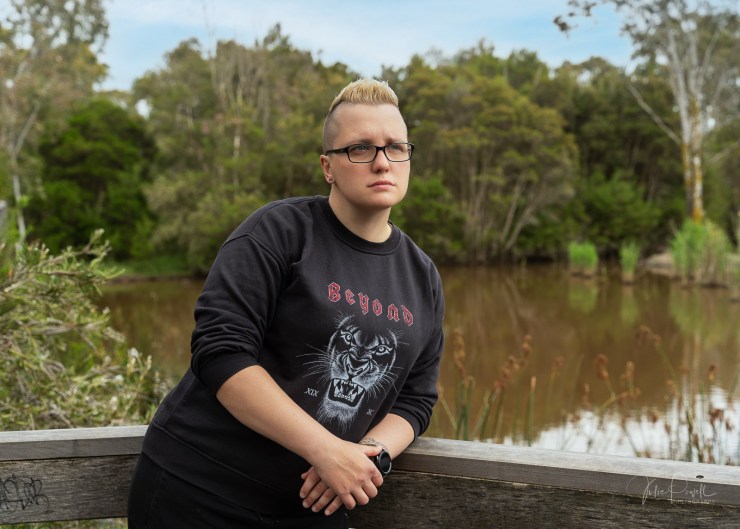
75mm (28-75mm)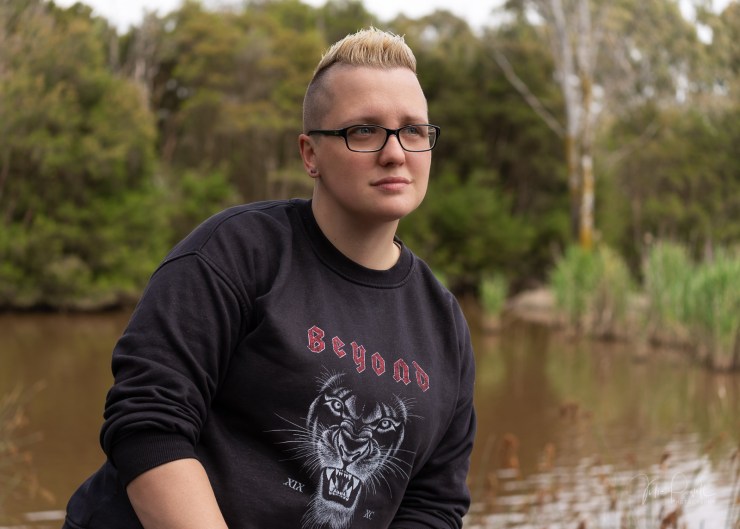
55mm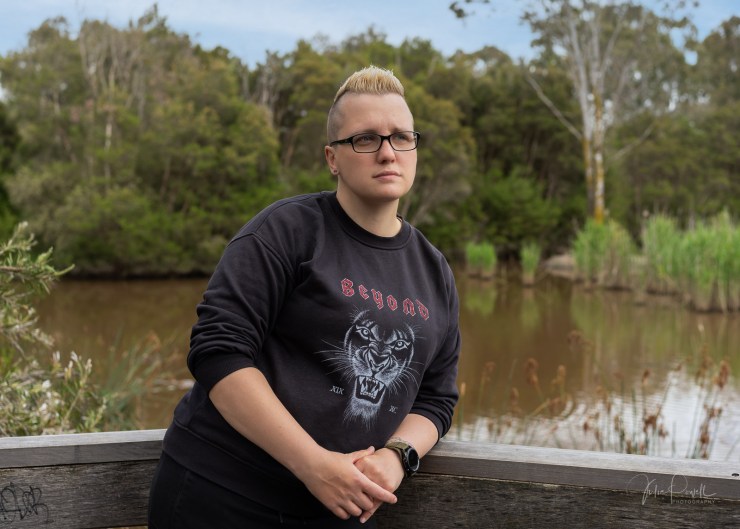
70mm (70-300mm)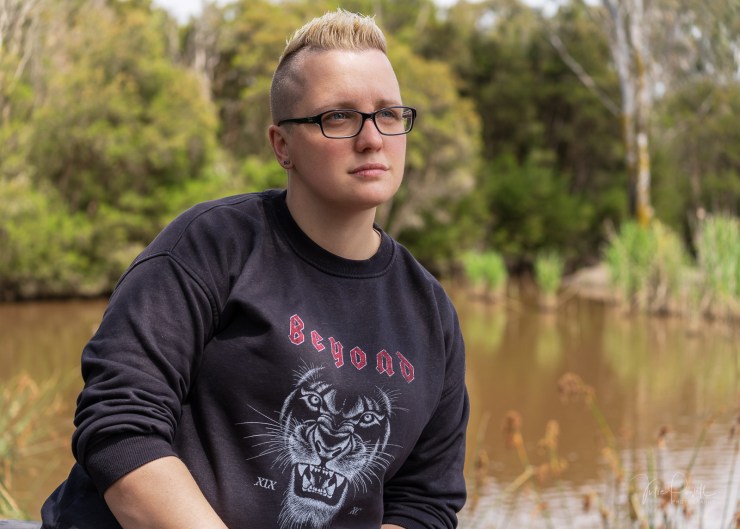
100mm (70-300mm)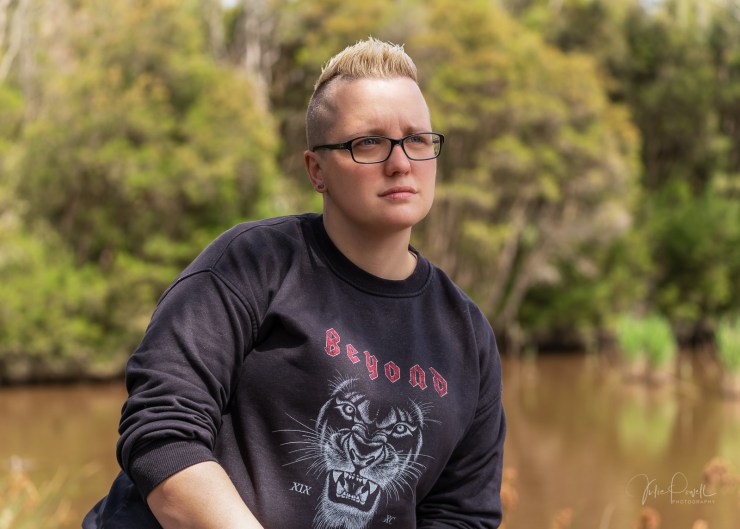
200mm (70-300mm)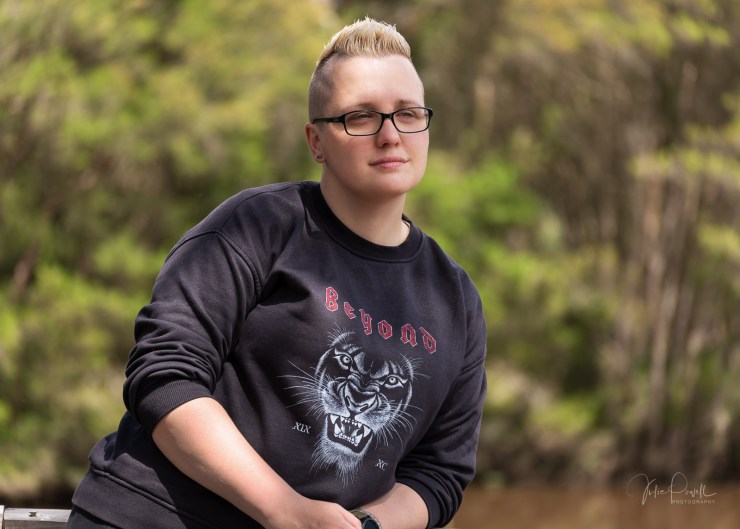
300mm (70-300mm)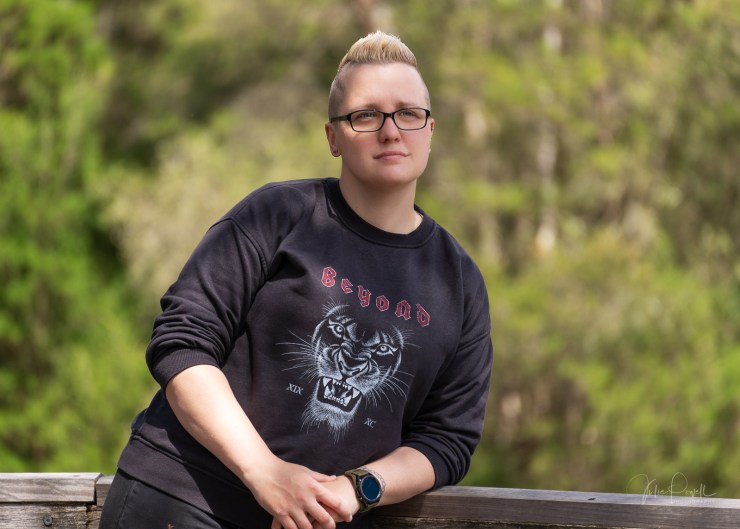
In my next article, I will compare the same lenses, but standing further away from my subject.
Tell your story with the second annual Visual Storytelling Conference!
Experience four days of interactive, online training sessions featuring a range of educational content with experienced photographers and content creators. This free event kicks off with a series of technical boot camps to build essential skills, followed by live, online sessions on photography, video, business and social media. Join live from March 10-13, 2022!
